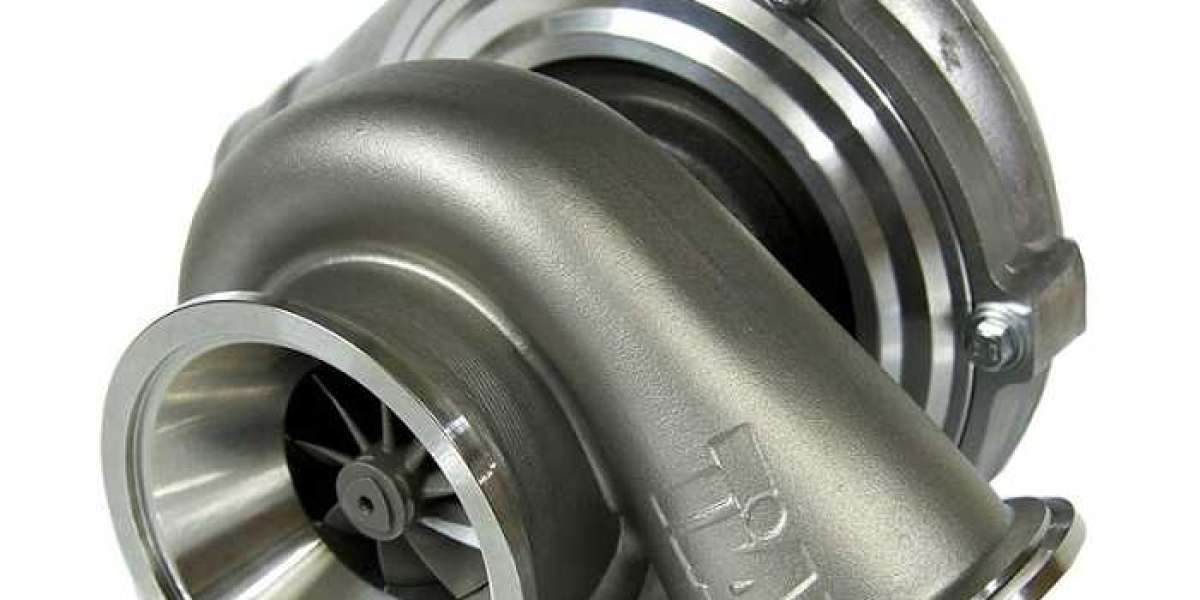Original title: 3D printing allows animals to "grow" new limbs, can the human body be used in the future? It's not too late This is a world where people and animals should coexist peacefully. At the top of the food chain, human beings are cruel and greedy, which makes many animals extinct, endangered or harmed. Expand the full text There are also some kind-hearted people in the world who use advanced technology to help injured animals, and the printed bone, muscle and cartilage parts can function normally when implanted into animals. Giving a second life to an animal that should have been euthanized. Vulture This is an adult female bald eagle, which was shot in the face by poachers in Alaska in 2005. Although it narrowly escaped death, its upper jaw was cut off by the bullet. Without their beaks, vultures are unable to eat or preen themselves. Experts from the Bird Protection Society at the time recommended that the bald eagle be euthanized. But a mechanical engineer with knowledge of 3D printing helped the condor. He scanned and adjusted the 3D model with software, then printed the beak with nylon polymer material, and mounted the 3D printed beak on the remaining beak of the bald eagle with a titanium bracket. Cat The cat, abandoned by its owner and about to freeze to death, was found and rescued by passers-by in the southwestern Siberian city. Although his life was not in danger, his limbs were frozen off. Veterinarians and technicians have used 3D printing of titanium alloys to make alternatives. They implanted cats with titanium alloy limbs and coated them with calcium phosphate to help doctors install them and reduce the risk of infection. Titanium can be used as a "biomaterial" in artificial limbs,3d titanium wire, which is well compatible with living tissue. In addition to its antibacterial properties, calcium phosphate can also help the prosthesis adhere to the bone and reduce the risk of implant rejection. In the seven months since the cat's surgery, she has regained the ability to walk, run and even go upstairs and downstairs. Turtle The turtle had a close encounter with a ship's propeller at the bottom of the sea, resulting in 60% of the right upper and lower jaws of the turtle's face being cut off. After it was rescued, it was planned to be artificially fed,nickel titanium wire, but the turtle's jaw was too badly injured to survive on its own. Eventually, titanium 3D printing technology gave the turtle a new chin, and after two hours of surgery, the veterinarian completed the installation work. This turtle has a cool new look, with a turtle on one side and a mechanical turtle on the other. The injured turtle, caught in the fishing line, had its flippers severely damaged. The first "hydrodynamic bionic" flippers help this turtle swim and feed normally. This land tortoise, which lost its shell in a forest fire, has been given a new life with a plastic shell of corn printed by a 3D printer. Each shell takes more than 50 hours to print. Hermit crab Hermit crabs in nature can also have a housing crisis. Hermit crabs do not have shells of their own, and they will find some shells to make their homes. The reality is that they often use garbage, cans, 3d titanium wire ,titanium round bar, pipes, bottles, or anything else as temporary houses. So scientists explored the possibility of 3D printing shells. They used the shells of sea snails as models and tested them to see what kind of shells hermit crabs liked and whether they were acceptable. Chihuahua This Chihuahua was born without two front legs. Although four veterinarians recommended that the dog be euthanized, his owner refused. At first, the assistant wheelchair designed by the owner did not work well. 3D printing technology makes a great mobile cart for puppies. It can also make 10 different sizes of strollers as the dog grows. Now it can move comfortably on its own, with the freedom to stop, start, move backwards, and so on. The dog has become an Internet celebrity with more than 60,000 followers. Duck The protagonist of the story is a duck. The duck was unable to walk like a normal duck because of a congenital foot deformity. The 3D duck feet printed for this duck helped it solve the problem of walking. This kind of silicone duck feet allows ducks to walk, swim and so on flexibly. The key is that it's easy and fast to print, so the duck has its own customized Christmas duck feet. Elephant The elephant was found by rescuers in a poacher's trap. Poachers tied the wire to a tree. When the animal accidentally touched the wire, it would be trapped in the neck and legs and could not move. The one-year-old elephant was found with a badly infected wound. The elephant was found almost dead. His leg, which had been trapped and badly injured, was amputated and a prosthetic leg was specially made for him. Through the reward and positive reinforcement of the keeper, the elephant slowly learned to use artificial limbs. It also became the first elephant in Cambodia to receive a prosthetic leg. Now, ten years later, the elephant has adapted to using artificial limbs, and as he grows older, his artificial limbs need to be replaced constantly. According to rescuers, the current elephant loves the foot so much that he gets angry if he doesn't wear it. Crocodile This is a crocodile who was injured in a fight and lost his tail. 3D printing gives it its tail back, just don't fight next time. 3D printing 3D printing technology is becoming more and more common in our lives, as small as making life objects, as large as building houses.. For every animal that would have been euthanized, 3D printing technology has changed their fate. An article published in the journal Nature shows that customized living parts have also been printed in 3D, which is a major advance in regenerative medicine. Experiments on animals have been extremely successful. The printed parts of bone, muscle and cartilage all functioned normally when implanted into animals. It will take some time for this technology to be implemented, but at least 3D printing opens a new door for medicine. First, it can make low-cost, on-demand prosthetics or implants, which is important because as the animal grows, one prosthesis needs to be modified quickly and many times. Second, the range of materials in 3D printing means that these prosthetics can not only mimic the natural function of missing parts, but also integrate with the organic structure of animals. Third, it allows the creation of highly complex and customized prosthetics and implants that are as unique as the animals they are designed for. In the past, these were things that we could not do at all. And now we're doing more than we thought. Return to Sohu to see more Responsible Editor: (function() { function getBrandHtml() { var brands = [],titanium sheet grade 5, html = ''; for(var i = 0; i brands.length; i++) { var brand = brands[i]; if(brands.length i+1) { html+= ''+brand.name+''; } else { html+= ''+brand.name+'、'; } } return html; }; if(document.getElementById('linkBtn')){ document.getElementById('linkBtn').onclick = function() { $('#brands').removeClass('brand');$ ( '# tipInfo').text ( 'Real name responded'); $ ('#linkBtn').remove();$ ('.real-response .content').css('line-height', '20px');$ ('.real-response .time').css('line-height', '20px'); }; document.getElementById('brands').innerHTML = getBrandHtml(); }; })();。 yunchtitanium.com
Hanson
15 blog posts



